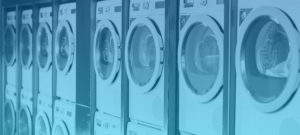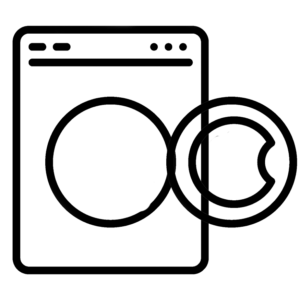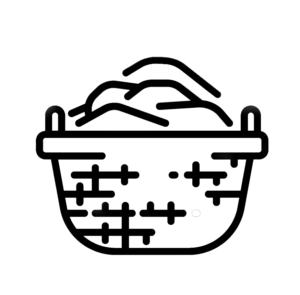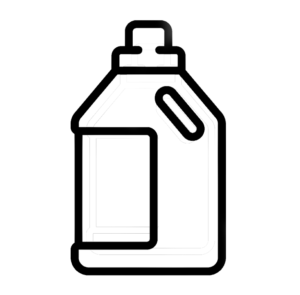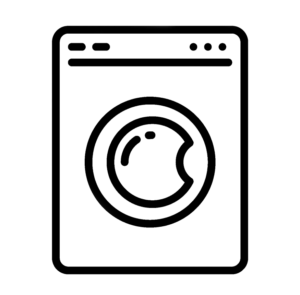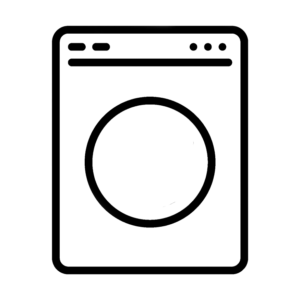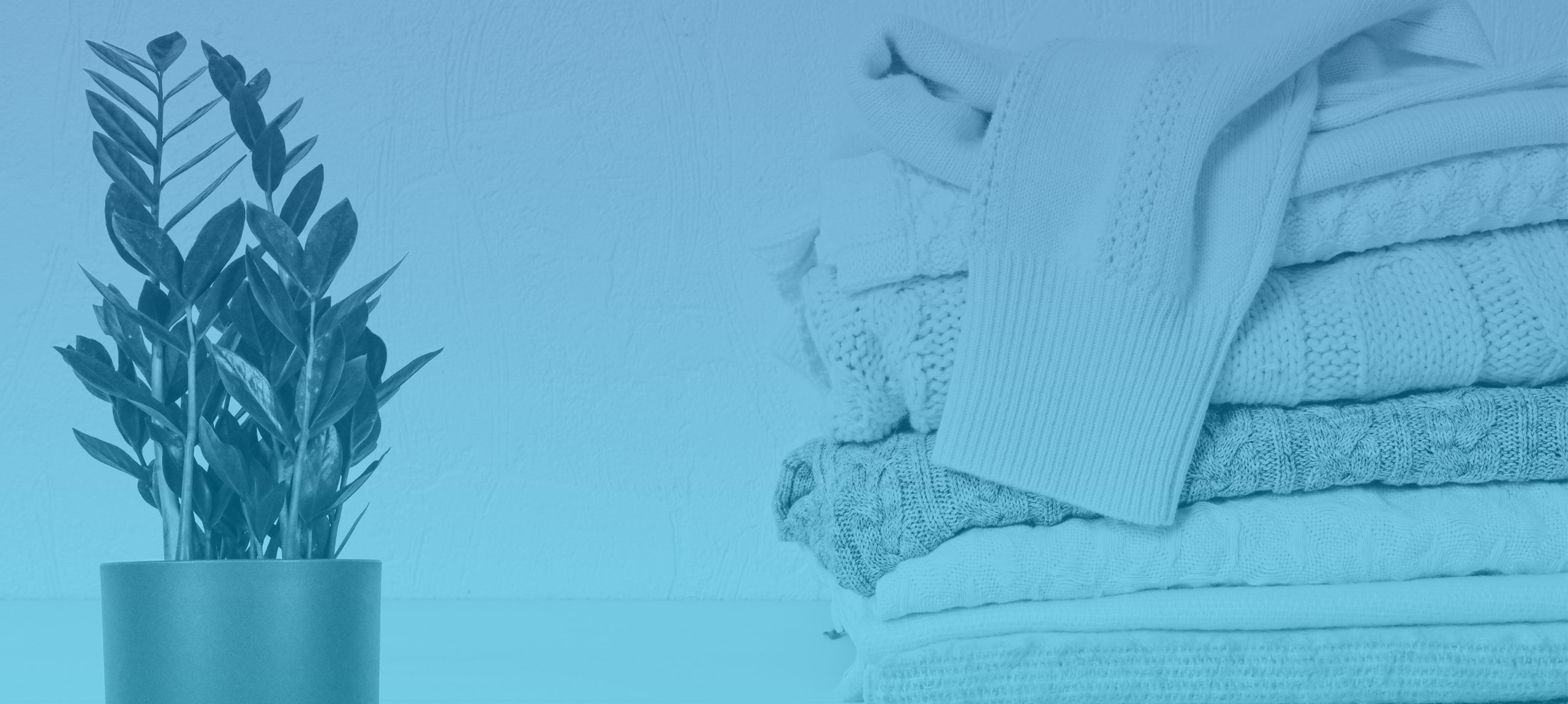
How to Wash and Dry
Have you run out of socks in the drawer and need to take care of your laundry? We have summarised the most important points to make washing and drying easier for you.
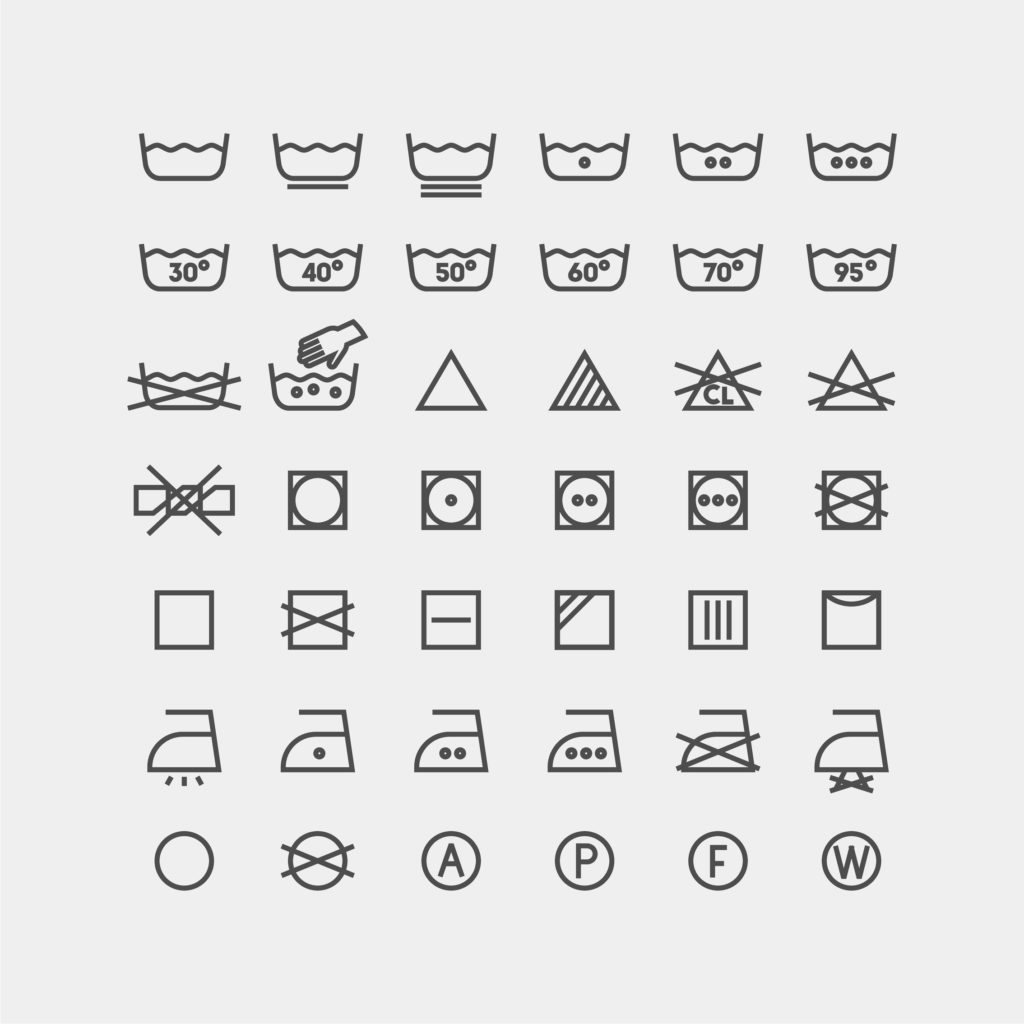
Laundry Symbols
The numerous icons on the label can be confusing at first. However, they can be grouped into 5 main categories:
- Tub: washing
- Triangle: bleach
- Square: drying
- Iron: ironing information
- Circle: dry cleaning
The different variations of these symbols give you more detailed information on how the textiles can be treated in the respective process.
A detailed description of each symbol can be found here.
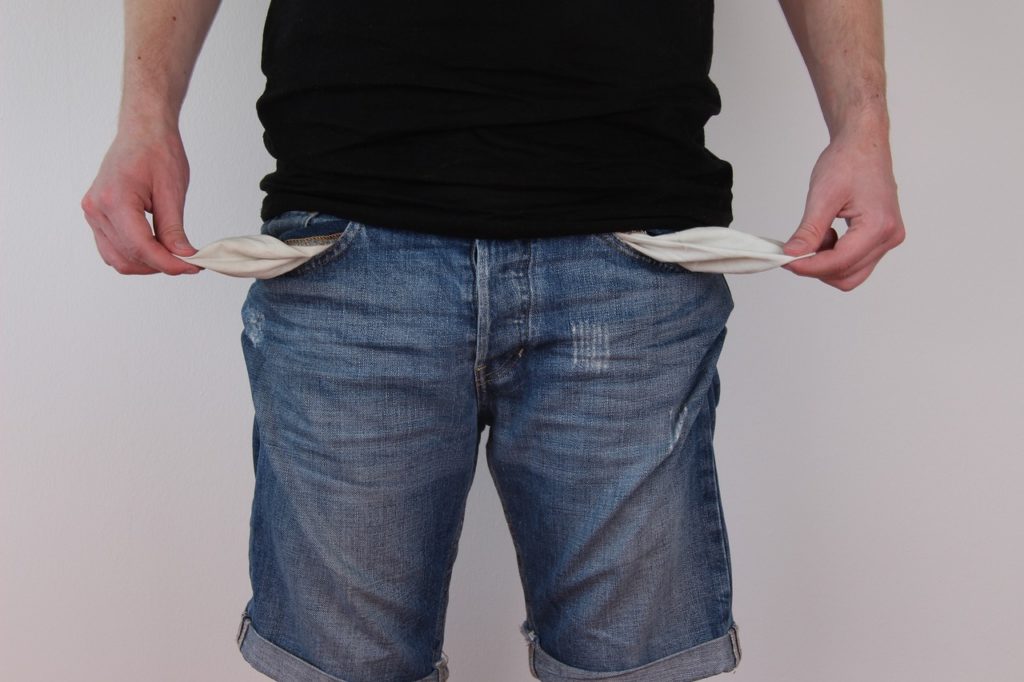
Prepare Laundry
- Empty pockets
- Close zips, button-up covers
- Unroll everything, turn over socks
- Pack delicate items in a net or bag
Sort Laundry

By colours
To avoid discolouration, it is important to sort the laundry accordingly. Light and very dark colours should not be washed together. Instead, try to wash items of laundry with as similar shades as possible together. Especially strong colours and new garments can stain.

By textile type
Depending on the material of the garment, different detergents and washing cycles should be used. A fine linen blouse should not be washed too hot.
Particularly delicate fabrics (e.g. silk, wool) should be washed with special care. If necessary, obtain further information.
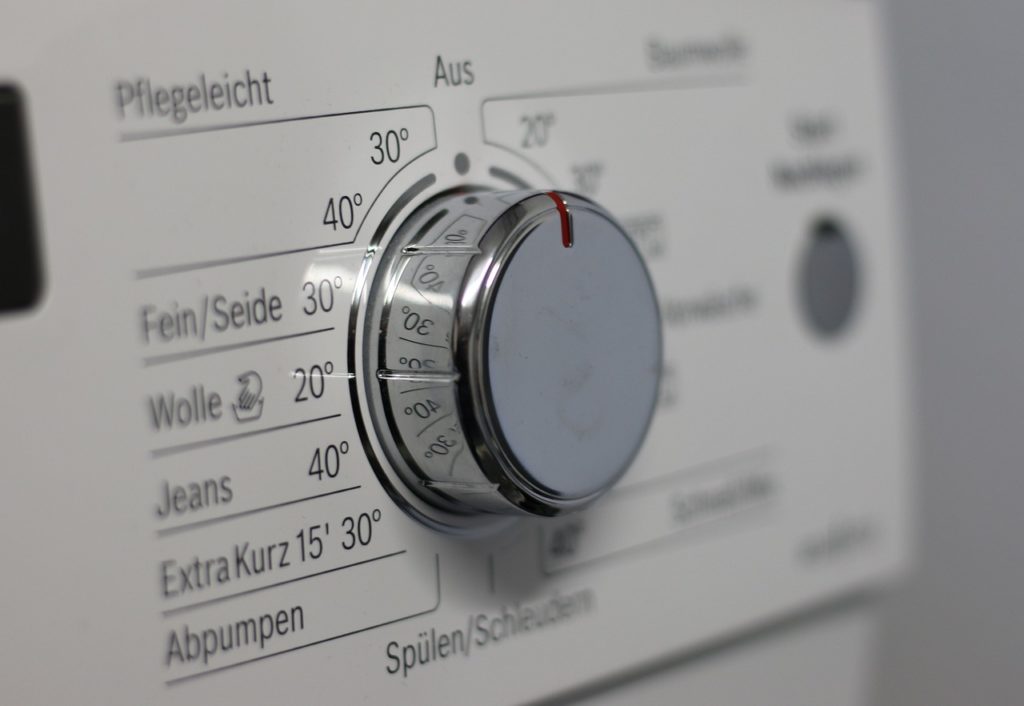
By degree
The label on each item of clothing will tell you what temperature it can be washed at.
Basically, you can use 30°C for fine fabrics like wool and silk – such as blouses and shirts; 40°C for anything colourful – jeans and normal delicate fabrics; 60°C for boil wash such as underwear, socks, towels and bed linen.
Note: Some items should not be washed in the washing machine, such as shoes, backpacks or dog blankets.
How to Wash Correctly
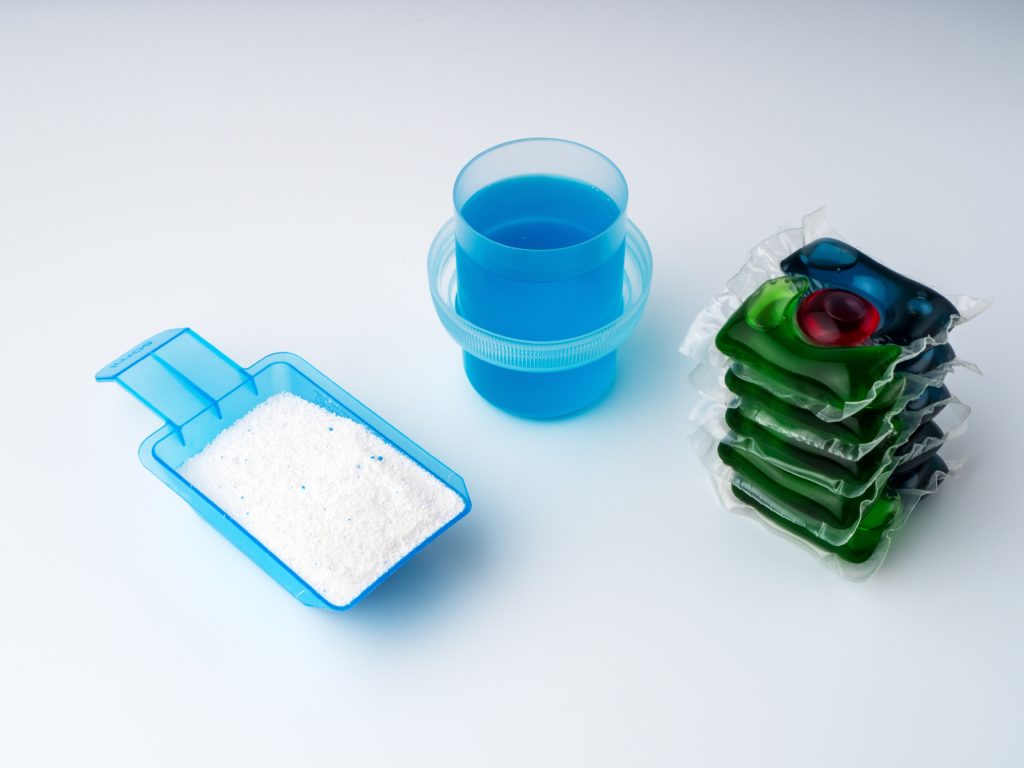
Detergent
Detergents come in different types and forms (powder, liquid, pods). Here is an overview:
- Heavy-duty detergent: Heavy-duty detergent contains bleach and is therefore optimal for cleaning white laundry. However, it is not suitable for delicate laundry.
- Colour detergent: Keeps the colour of coloured laundry. It ensures the best washing results for coloured textiles and is also suitable for dark and black laundry.
- Delicate detergent: It is ideal for cleaning and caring for delicate fabrics such as wool and silk and for washing at low temperatures.
Recommendation: Use detergent pods and place them first in the empty drum.
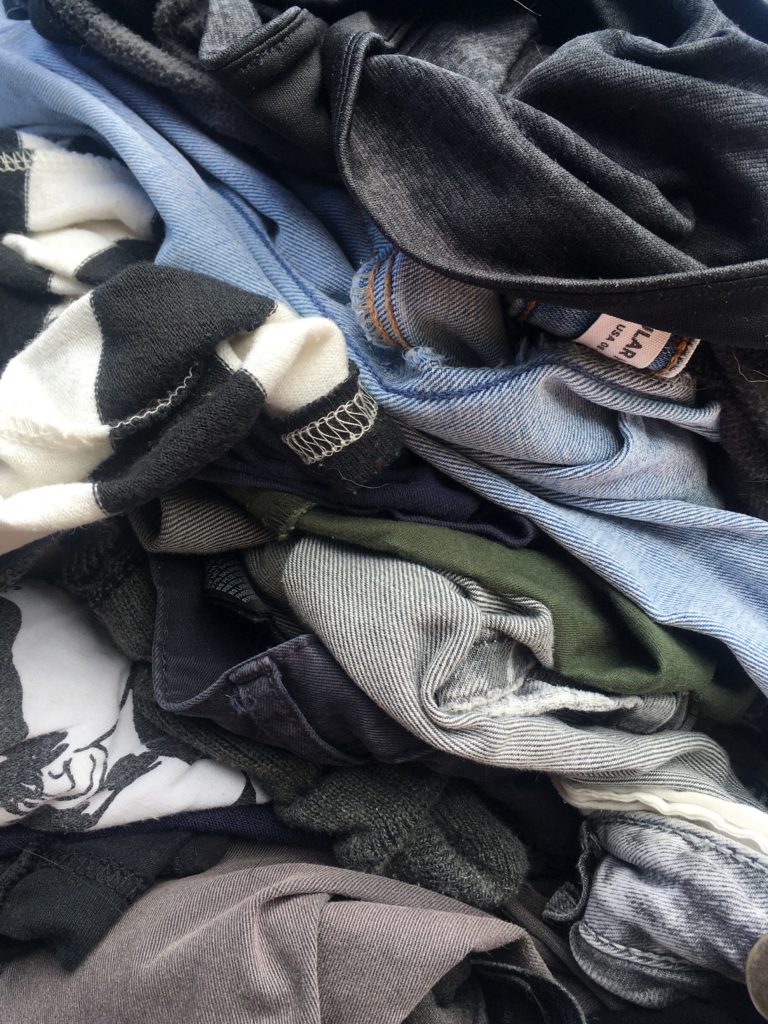
Loading
Make sure the machine is not overloaded. When washing, the laundry is immersed in a solution of water and detergent and rolled. If the machine is too full, this process cannot be carried out optimally and the laundry will not be properly cleaned.
- For a normal wash cycle, you can fill the machine up to ¾ full. If the machine is only half full, you are wasting energy and water.
- For easy-care and delicates, you should only fill the washing drum halfway.
- In the wool wash cycle, the machine should only be ¼ full (maximum half full), otherwise the fibres will be too stressed by friction.
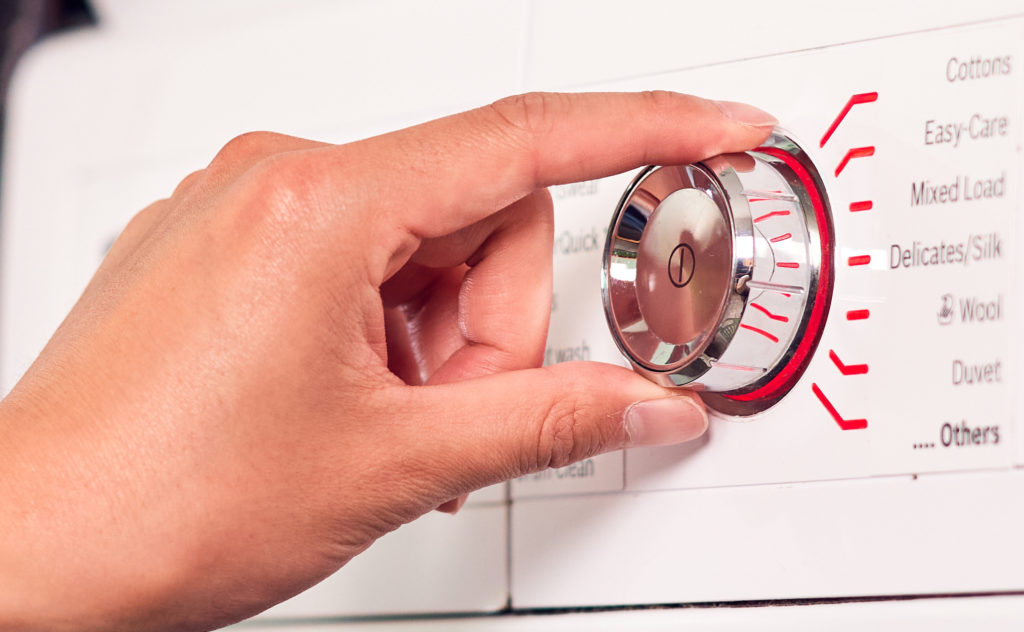
Choice of programme
The programme and temperature you choose will depend on the type of laundry, the degree of staining and the care instructions on your garments. You can usually choose from the following programmes:
- Regular/Cotton,
- Easy care,
- Delicate and Wool programmes.
You can then set the temperature within each wash cycle. For environmental reasons, we recommend washing at low temperatures.
In addition to the temperature, you can also set the spin speed. Please note that the lower the spin speed, the more damp your laundry will remain.
Note: You do not have to set a time. The programme automatically selects the correct time. Timers that some machines offer (delayed start) are not compatible with our system.
Note: The running time indicated by the appliance at the beginning is only an indication. It may depend on the load, amount of detergent, etc. and may vary during the wash cycle.
Step by Step: Washing Laundry

Stains
Who hasn’t had a moment’s lapse of attention and found their new T-shirt stained with ice cream or sauce? These tips will get it clean in no time:
- It’s best to always treat stains directly and not let them dry out. The fresher the stain, the easier it is to remove – sometimes even rinsing with water is enough.
- If you cannot remove the stain immediately, you can pretreat it before washing – for example with a pre-wash spray or ox-gall soap. For stubborn stains, use a special stain remover. Then wash at the temperature indicated on the care label.
- Important: Always pre-treat the stain by pressing firmly with a clean cloth. Rubbing or circling the stain will only penetrate deeper into the fabric fibres. Check the care label first to see how to treat the item.
When Drying, What Should Be Considered?
What to look out for when drying? After washing, the sorting process starts all over again – you have to decide which clothes can go in the dryer and which can go on the line. The square in the label tells you whether the laundry can be tumble-dried and, if so, under what conditions.
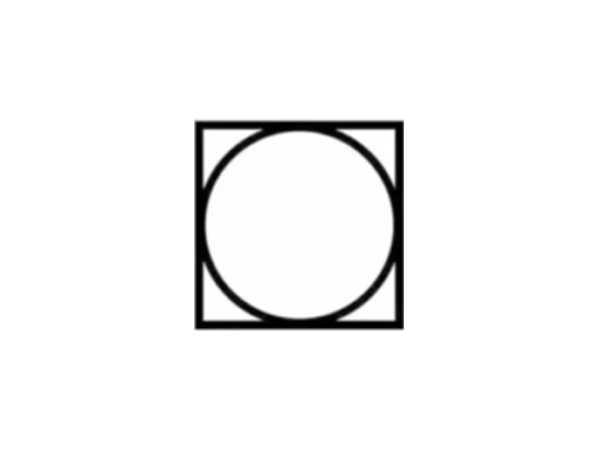
These items can be tumble-dried:
- Textiles that can be washed at more than 60 degrees.
- If the label says cotton, it usually means that tumble drying is not a problem.
- Towels, underwear, socks and bed linen can usually be tumble dried. Jeans, finer cotton fabrics and sportswear can also be tumble-dried at a low temperature or on a gentle cycle.
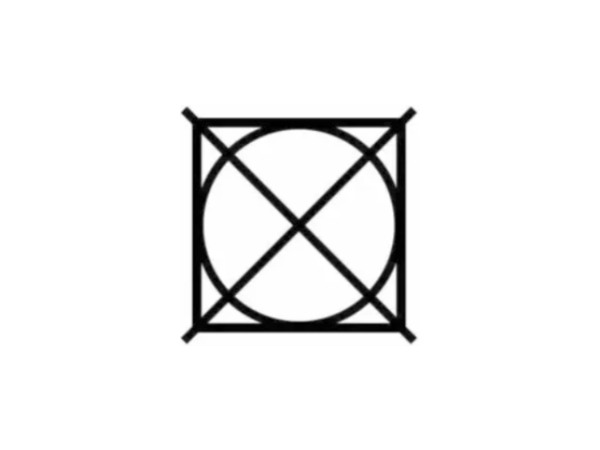
These items cannot be tumble-dried:
- Delicates made of wool, silk or cashmere.
- T-shirts with prints or applications may only be washed at low temperatures.
- Synthetics or plastics, such as swimwear.
- Items with a rubber underside such as bath mats or shoes can melt in the dryer and must not be put in.
- All textiles containing foam are not suitable for the dryer.
Note: Please always refer to the label.
Tumble-Drying Correctly
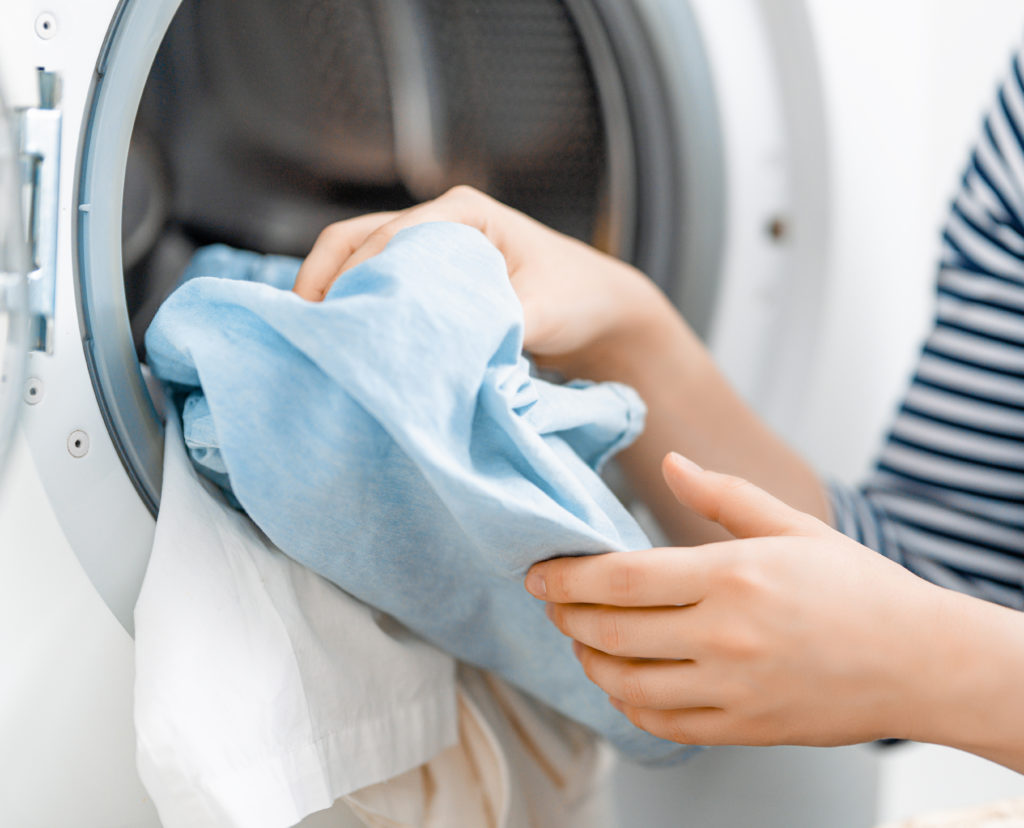
Linen condition
Not all fabrics are the same and not all can be tumble-dried on the same programme. Check first that your garments can be dried together. Thin fabrics and fabrics with more or thicker layers need different drying times. Even if the garments have different moisture levels, we recommend that you do not put them in the dryer together. It is also advisable to untangle and shake each garment before loading the dryer to ensure a smooth drying process.
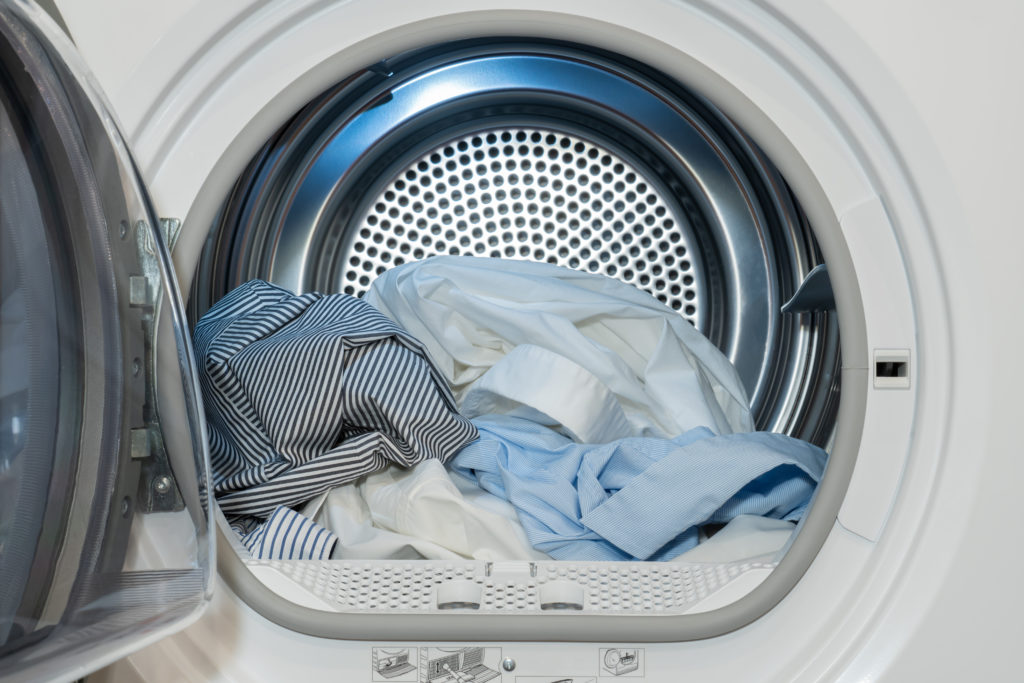
Loading
Make also sure the dryer is not overloaded. Tightly packed laundry allows little or no warm dryer air to circulate between the clothes, so they will not dry properly. Dry laundry also requires more space than damp laundry. If there is not enough space, the laundry will crease. Therefore, load the dryer only half full, at most ⅔ full.
But even too little laundry will not dry properly in the dryer. Make sure that the dryer is loaded with the minimum amount of laundry – only 1 item of laundry must not be dried. If this is the case, select an appropriate time programme.

Choice of programme
In most dryers, the programmes are named according to the type of textile, e.g. bed linen, cotton, wool. Often there are also special programmes for duvets or sportswear.
Next to that, it is important to choose the right degree of drying. Most appliances distinguish between iron-dry and cupboard-dry.
- Iron-dry: There is still some moisture in the fabric, making it easier to iron.
- Cupboard-dry: Minimal residual moisture, but the garments can still be folded and stored in the wardrobe after a short cooling period.
Note: Again, the running time indicated by the machine at the beginning is only an indication. Load quantity, condition of the laundry etc. influence the running time and can vary during the drying cycle.
Tip: It is best to dry down jackets or pillows in the down-drying programme. In general, down takes up a lot of space during drying, so it is advisable to dry these items individually. To avoid lumps, you can put four clean tennis balls in the dryer. Make sure the balls do not stain! Read more about this here before drying.
Step by Step: Drying Laundry
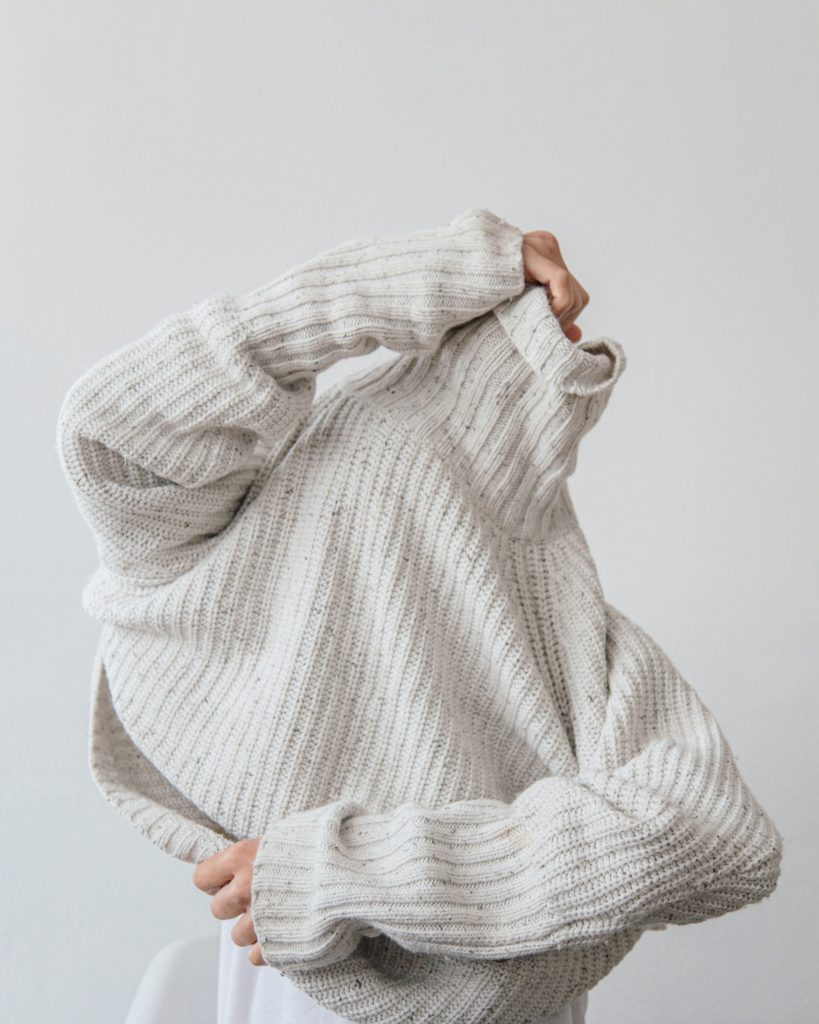
Shrunk Laundry
Despite all your precautions and reading the instructions on the label, your favourite jumper may still shrink. You can carefully stretch it out on a towel to bring it back to its original size.
- First, soak the jumper in warm water with a bit of shampoo.
- Then lay the jumper on a towel and roll it up to remove excess water.
- Carefully stretch and shape it evenly on another dry towel. Do not tear or pull! Repeat this process while the jumper is drying.
Remember to be gentle at all times. If this method does not work for your garment, please seek further information.
How often you wash your laundry depends on a number of factors. One is the degree of soiling. It is important to distinguish between visible and invisible stains, such as perspiration. But the material itself also affects how often you should wash it. Synthetic fabrics tend to make you sweat more than natural materials and should therefore be washed more often, whereas jeans should not be washed too often or they will lose their fit.
Dose the detergent according to the manufacturer’s instructions. Usually the dosage will vary according to the degree of soiling (light, medium and heavy) and the hardness of the water.
Basically, the dirtier the laundry, the more detergent you will need. This means that if the laundry is lightly soiled, less detergent should be used. As far as water hardness is considered, the harder the water, the more calcium it contains and the higher the detergent dosage.
The exact dosing quantities differ depending on the detergent. For example, a liquid detergent requires different quantities than a washing powder.
Important: Do not use too much detergent! Too much detergent will not give you a better wash, is expensive and is bad for the environment. It can also cause deposits on your clothes.
Take the finished laundry out of the machine as soon as possible. This not only avoids wrinkled and unhygienic laundry, but also ensures that the next user can use the machine. Activate push or e-mail notifications to stay informed about the status of your laundry.
If your laundry is still dripping wet when you take it out of the washing machine, add a spin cycle to remove the excess water. If you put the laundry in the dryer when it is still very wet, it will take a long time to dry and the result will not be satisfactory.
There is always some residual moisture in the tumble dryer, partly due to the high temperatures, and if you do not remove the dry laundry from the dryer promptly, this moisture will re-expand in the clothes, causing ugly wrinkles. However, if you take the clothes out of the dryer and fold them immediately after the programme has finished, you can usually save yourself the hassle of ironing. Activate push or e-mail notifications to stay informed about the status of your laundry.
For good coexistence in the communal laundry room, it is important that you clean the lint filter after each drying cycle. This is more hygienic for everyone involved and prevents poor drying results.
No, a timer, or delayed start, as it is called on our machines, is not compatible with our system. The machines must always start immediately, otherwise the reservation expires.
Disclaimer: Possible damage to your laundry can be caused by a variety of factors beyond WeWash’s control. Therefore, WeWash accepts no liability for any damage that may occur when using our washing and drying tips.



